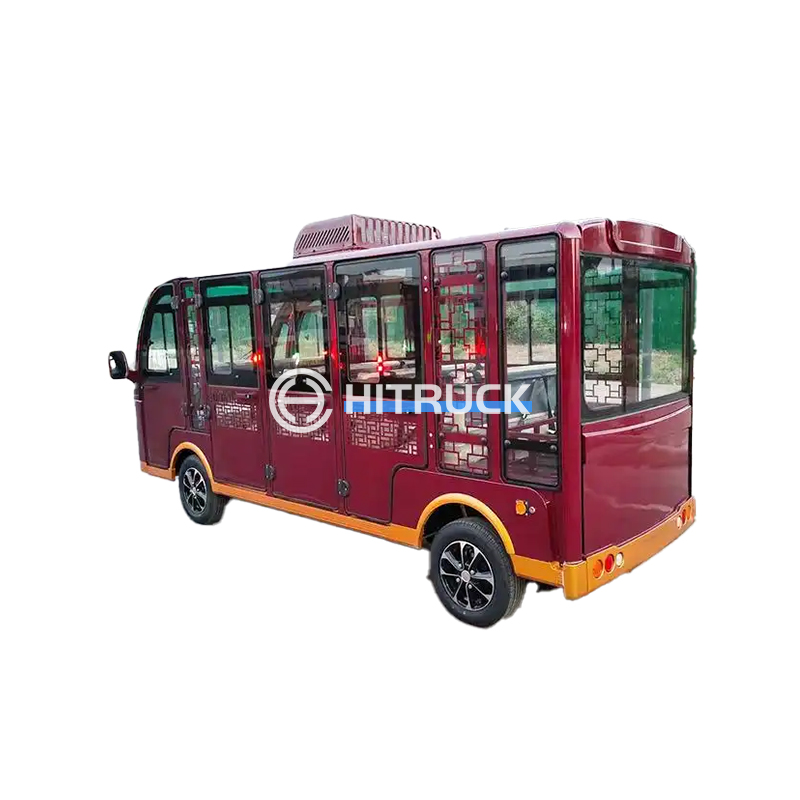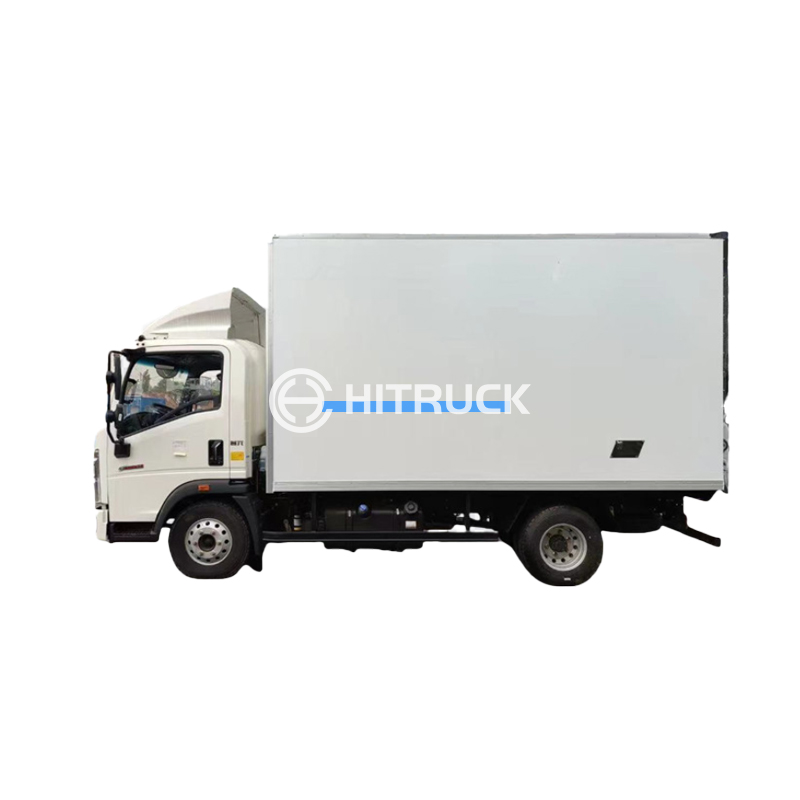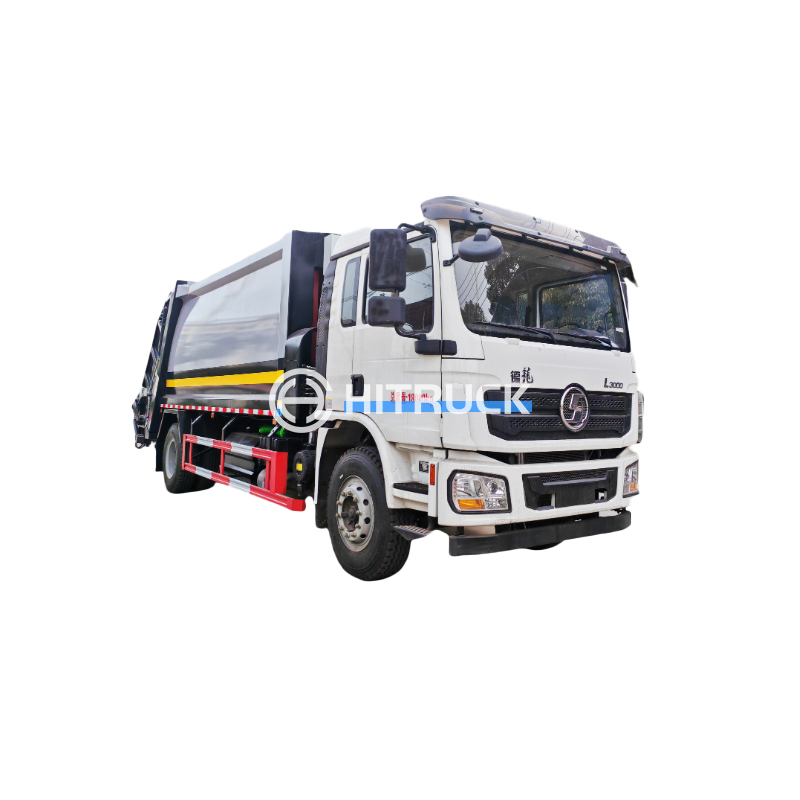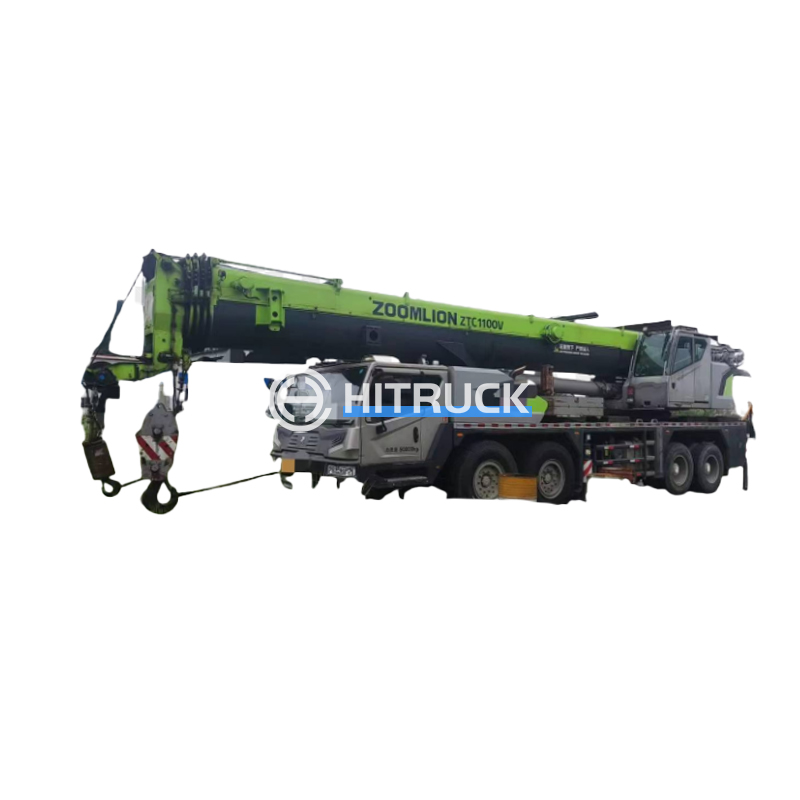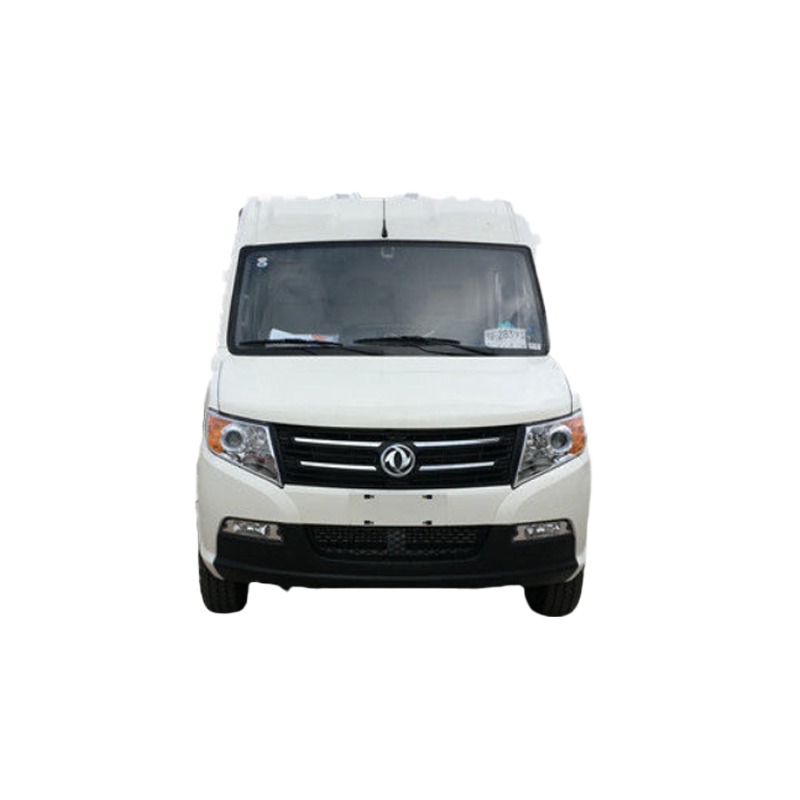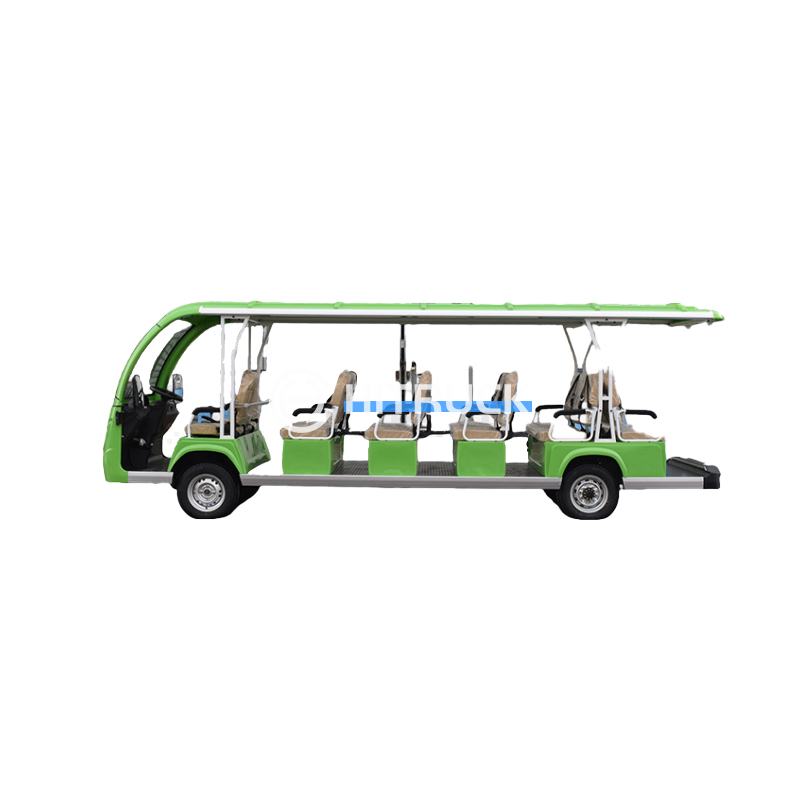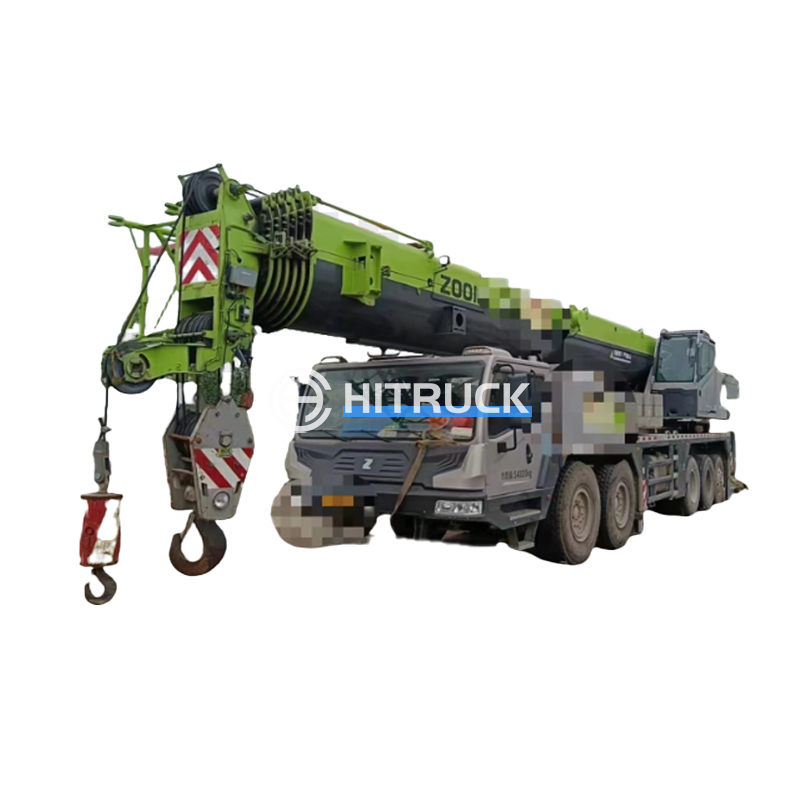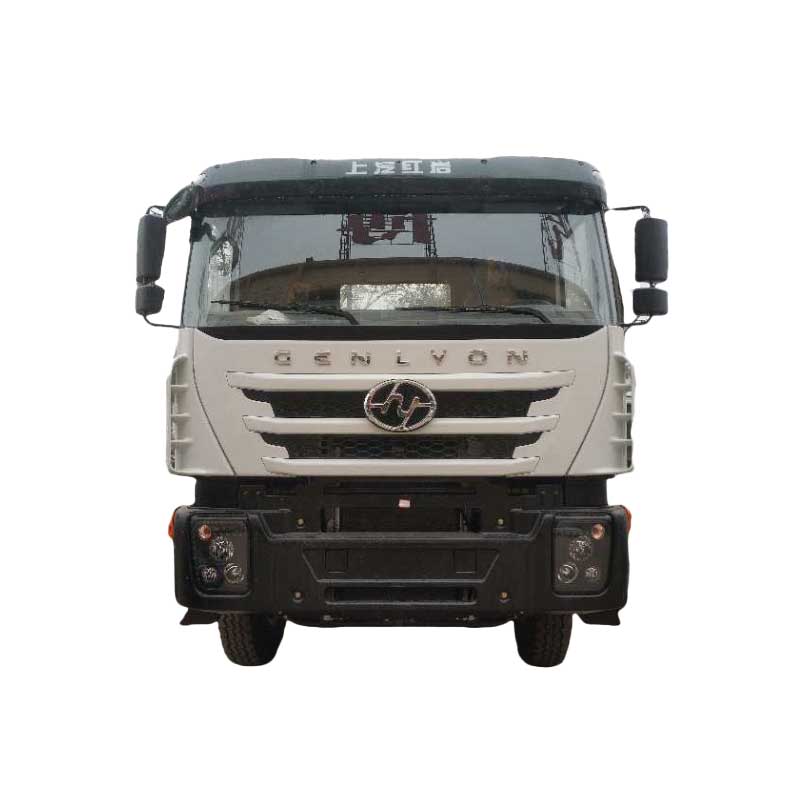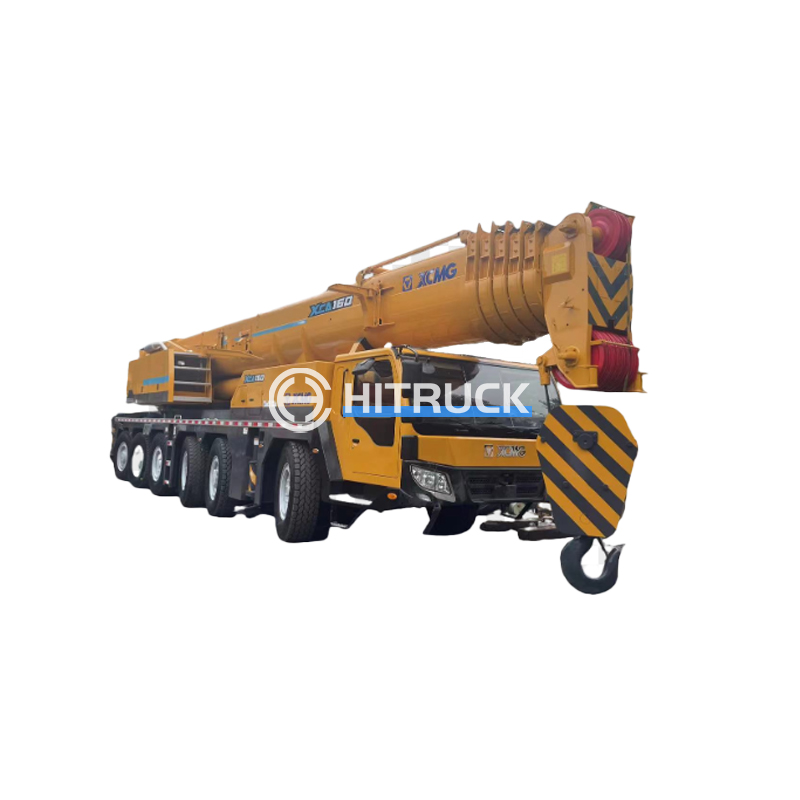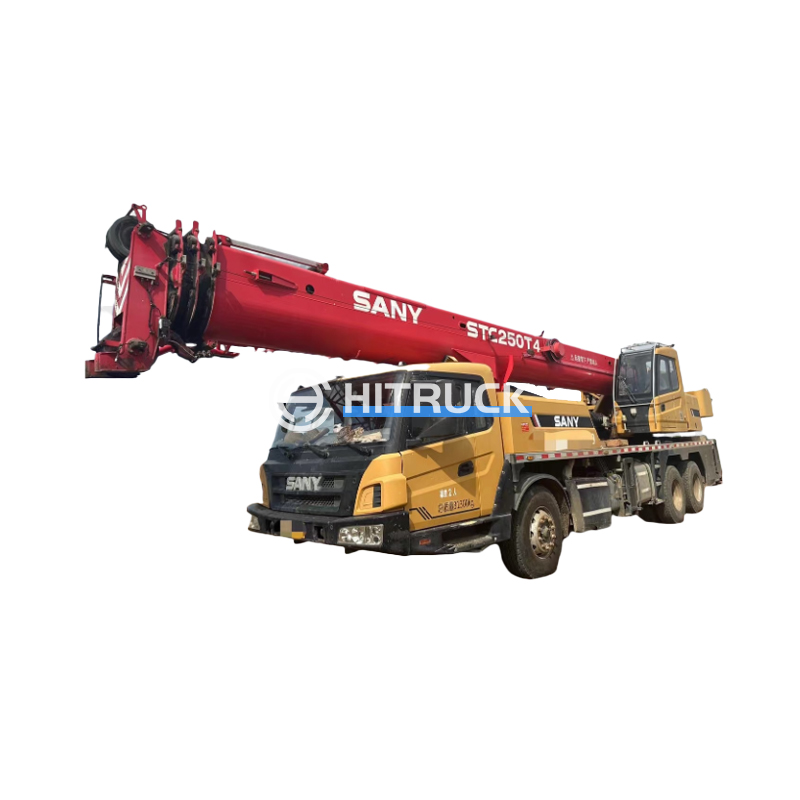This comprehensive guide helps you understand the various types of large water tankers, their applications, and key factors to consider when making a purchase. We'll cover capacity, materials, features, maintenance, and regulations, ensuring you make an informed decision.
Large water tankers come in a wide range of capacities, typically measured in gallons or liters. The appropriate size depends entirely on your specific needs. Are you transporting water for construction, agriculture, firefighting, or municipal use? Each application demands a different capacity. Consider peak demand and potential future growth when determining the necessary tank size. For example, a large-scale construction project might require a tanker with a capacity exceeding 10,000 gallons, while a smaller agricultural operation might suffice with a 5,000-gallon large water tanker. Choosing the right size optimizes efficiency and minimizes unnecessary costs. Always ensure the tanker's capacity aligns with local regulations and road weight limits.
The material of the tank is a crucial factor impacting durability, longevity, and cost. Stainless steel large water tankers are known for their strength, resistance to corrosion, and long lifespan, making them ideal for transporting potable water. However, they tend to be more expensive. Polyethylene tanks, on the other hand, are more affordable and lightweight but may be less durable and susceptible to damage from UV exposure. The choice depends on your budget and the intended use of the water. For transporting chemicals or other non-potable substances, compatibility with the tank material is paramount; consult with a specialist to ensure safety.
The pumping system is vital for efficient water delivery. Consider the pump's capacity, type (centrifugal, positive displacement), and power source (diesel, electric). A high-capacity pump is essential for fast filling and emptying, saving valuable time and resources. The pump's reliability and ease of maintenance should also be considered. Some large water tankers feature advanced pumping systems with variable flow control, allowing for precise water delivery to suit different needs.
The chassis and suspension system significantly affect the tanker's maneuverability, stability, and longevity. A robust chassis made from high-quality steel is vital to withstand the stresses of hauling heavy loads over varying terrains. The suspension should be designed to absorb shocks and vibrations, ensuring smooth operation and protecting the tank and its contents. Consider the type of terrain you'll be driving on when selecting the chassis and suspension – off-road capabilities might be necessary for some applications.
Regular maintenance is crucial for the longevity and safe operation of your large water tanker. This includes regular inspections of the tank, pump, chassis, and other components. Follow the manufacturer's recommendations for maintenance schedules and procedures. Proper maintenance minimizes the risk of breakdowns and ensures compliance with safety regulations. Always adhere to all local and national regulations pertaining to the transport of water and other liquids. These regulations often cover issues such as licensing, permits, and safety standards.
Before purchasing a large water tanker, thoroughly research different manufacturers and models. Compare features, capacities, prices, and warranties. Consider seeking advice from industry professionals or consulting with companies like Suizhou Haicang Automobile sales Co., LTD, a reputable supplier of heavy-duty trucks and tankers. Remember to factor in ongoing maintenance costs and potential repairs when budgeting for your purchase.
Choosing the perfect large water tanker involves careful consideration of several factors. By understanding the different types, features, and maintenance requirements, you can make a well-informed decision that meets your specific needs and budget.

